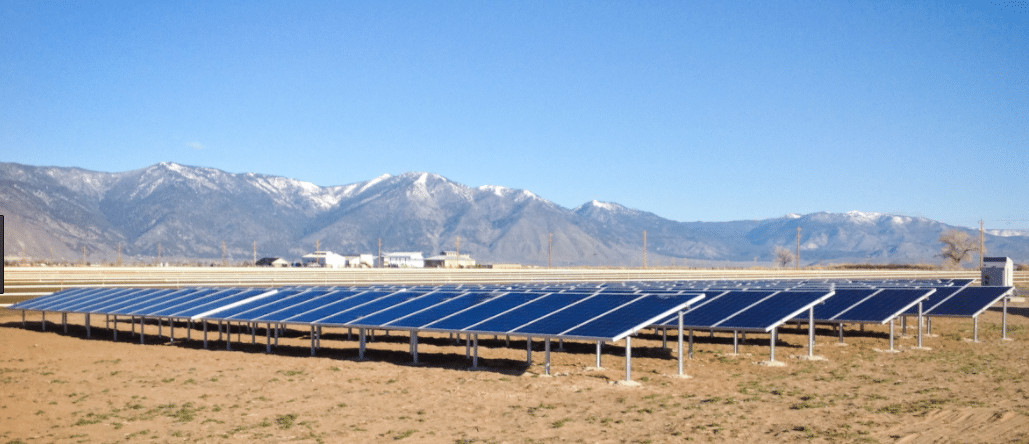Following the tennis match that has been the Nevada Pubic Utilities Commission’s (NPUC) love/hate relationship with the rooftop solar industry can be a full-time job.
After slashing net metering in December 2015, they reversed their decision in 2016 and, while not restoring net metering rates to a 1-to-1 ratio, they at least started the process of restoring the rooftop industry. Companies like Sunrun and SolarCity, who had left the state after the 2015 decision, applauded the reversal and started coming back.
Only to be blindsided again when the PUC decided to fast-track NV Energy’s most recent rate proposal which, as pv magazine has already written about, is another potential blow to rooftop solar in the state.
The preliminary hearing on the case, which was filed on July 28, will be tomorrow, with three days of hearings scheduled next week (Aug. 21-23). And companies like Sunrun, Vivint Solar and Tesla Energy, along with advocacy groups like Vote Solar, are hurrying to get on the docket to oppose the plan.
NV Energy says its rate changes are necessary to comply with AB 405 since the law prevents them from imposing demand charges and other charges that are limited to solar adopters specifically.
Now NV Energy is not incorrect in saying the law requires it to change some of its rates. For example, its two subsidiaries Nevada Power and Sierra Pacific, are required to offer new rates that support the deployment of customer-sided energy storage. In response to this requirement, NV Energy outlined a four-part rate structure based on time-of-use (TOU) pricing. What solar companies object to is the two separate demand charges in the proposal.
The company says that this is in the interest of “transparency in rate design”.
Utilities around the country have asked their regulators to impose demand charges and have generally been rejected. The Arizona cooperative Salt River Project imposed demand charges only because it was a cooperative that was not overseen by state regulators.
If solar customers want to offset demand charges, they can install battery storage, though the U.S. Department of Energy’s National Renewable Energy Laboratory (NREL) says even a modest-sized battery system doubles the cost of the typical residential PV installation.
NV Energy also alleges its rate request is necessary to prevent a cost shift on to non-solar customers by solar adopters who it claims – as utilities around the country have – are not paying their fair share of grid upkeep because they are generating their electricity on site. This is a common utility argument, though some observers suggest the “cost shift” only occurs at rates of high solar penetration.
NV Energy also implies that AB 405’s setting the price of excess energy at a percentage of the utility’s retail price may violate the Public Utilities Regulatory Policy Act of 1978 (PURPA), which states that generation procured from third parties should be paid at avoided cost.
PURPA has played a pivotal role in expanding the independent power producer segment, but this may be the first time the law is being used to challenge net metering. How the PUC decides that argument could set a precedent other PUCs across the country could use when considering their own PURPA adjustments.
This content is protected by copyright and may not be reused. If you want to cooperate with us and would like to reuse some of our content, please contact: editors@pv-magazine.com.








By submitting this form you agree to pv magazine using your data for the purposes of publishing your comment.
Your personal data will only be disclosed or otherwise transmitted to third parties for the purposes of spam filtering or if this is necessary for technical maintenance of the website. Any other transfer to third parties will not take place unless this is justified on the basis of applicable data protection regulations or if pv magazine is legally obliged to do so.
You may revoke this consent at any time with effect for the future, in which case your personal data will be deleted immediately. Otherwise, your data will be deleted if pv magazine has processed your request or the purpose of data storage is fulfilled.
Further information on data privacy can be found in our Data Protection Policy.